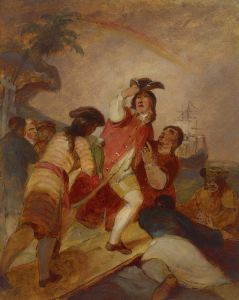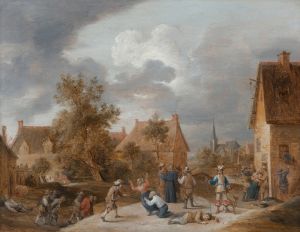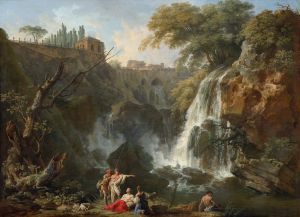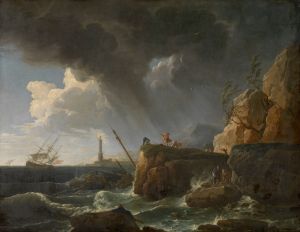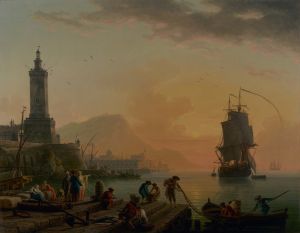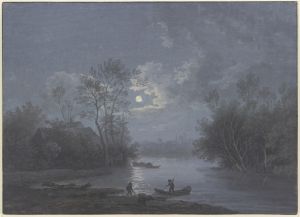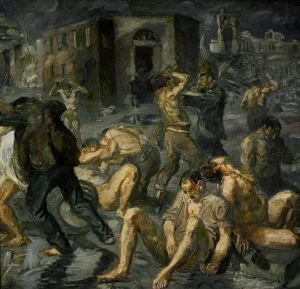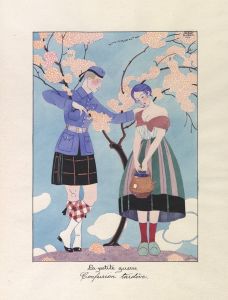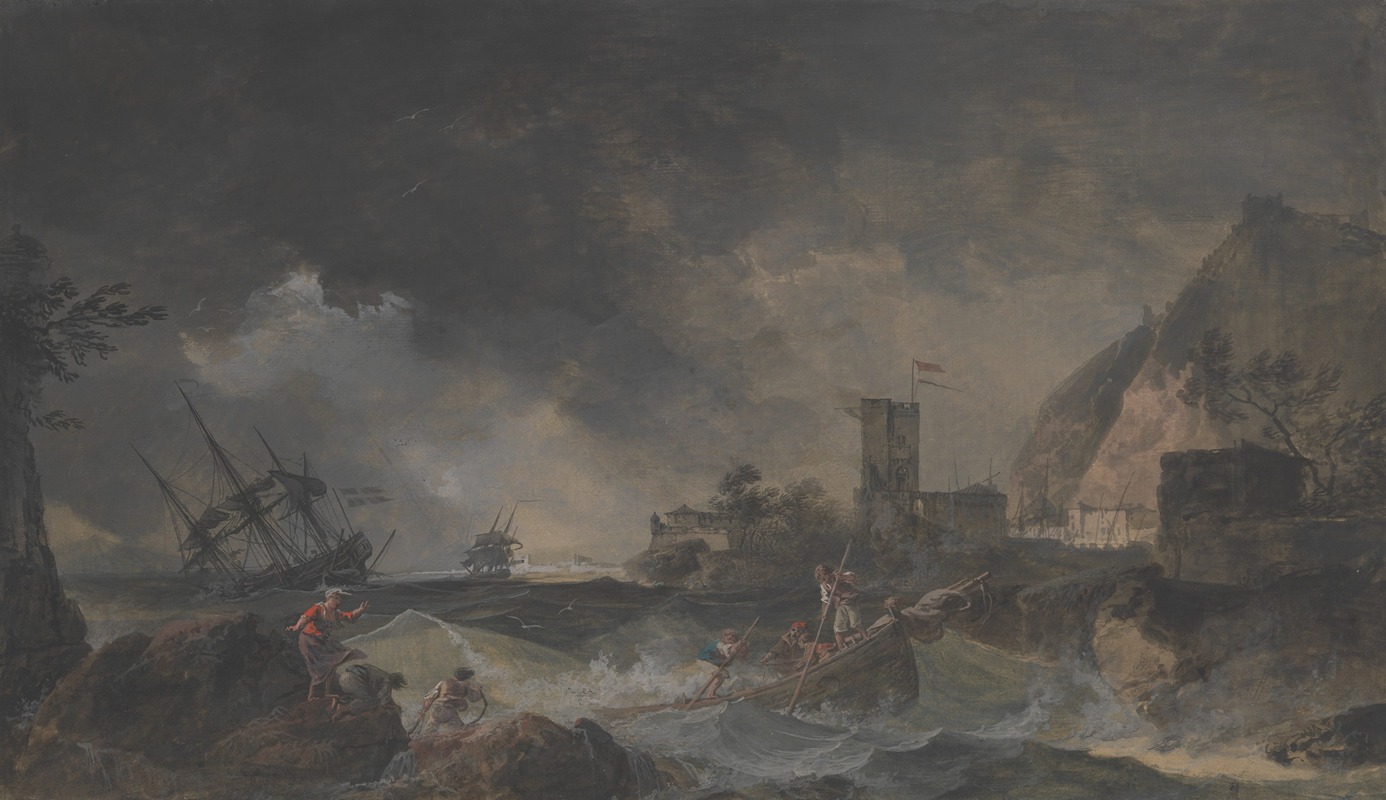
Storm
A hand-painted replica of Claude-Joseph Vernet’s masterpiece Storm, meticulously crafted by professional artists to capture the true essence of the original. Each piece is created with museum-quality canvas and rare mineral pigments, carefully painted by experienced artists with delicate brushstrokes and rich, layered colors to perfectly recreate the texture of the original artwork. Unlike machine-printed reproductions, this hand-painted version brings the painting to life, infused with the artist’s emotions and skill in every stroke. Whether for personal collection or home decoration, it instantly elevates the artistic atmosphere of any space.
Claude-Joseph Vernet was a prominent French painter known for his maritime scenes and landscapes. One of his notable works is "Storm," which exemplifies his mastery in capturing the dramatic and dynamic elements of nature. Vernet was born in Avignon in 1714 and developed a keen interest in painting from a young age. He moved to Rome in 1734, where he studied under the guidance of prominent artists and honed his skills in landscape and marine painting.
"Storm" is a quintessential example of Vernet's ability to depict the sublime power of nature. The painting portrays a tumultuous sea scene, with dark, swirling clouds and crashing waves that convey a sense of impending danger and chaos. Vernet's attention to detail is evident in the way he captures the movement of the water and the play of light and shadow across the scene. The composition is carefully balanced, with the elements of the storm drawing the viewer's eye across the canvas, creating a sense of movement and urgency.
Vernet's work was highly regarded during his lifetime, and he was commissioned by King Louis XV to create a series of paintings depicting the ports of France. This series, known as the "Ports of France," further established his reputation as a leading maritime painter. "Storm" reflects Vernet's deep understanding of the sea and his ability to convey its power and beauty through his art.
The painting is also notable for its emotional impact. Vernet's use of color and contrast heightens the drama of the scene, evoking a sense of awe and respect for the forces of nature. The figures in the painting, often depicted as small and vulnerable against the vastness of the storm, add a human element to the scene, highlighting the relationship between man and nature.
Vernet's influence extended beyond his lifetime, as his works continued to inspire future generations of artists. His ability to capture the essence of the natural world with such precision and emotion made him a key figure in the development of landscape and maritime painting in the 18th century.
Today, "Storm" and other works by Vernet can be found in major art collections and museums around the world, where they continue to be appreciated for their technical skill and evocative power. Vernet's legacy as a master of maritime painting endures, and his works remain a testament to his talent and vision as an artist.






